Cambodia’s dense jungles hold secrets that make Indiana Jones movies look tame by comparison. For centuries, massive stone temples built by the Khmer Empire have been playing hide-and-seek with vines, roots, and time itself, creating some of the most atmospheric archaeological sites on Earth.
Here’s a list of 15 ancient temples that showcase Cambodia’s most mysterious jungle-hidden treasures, each offering its own adventure into a lost world.
Ta Prohm
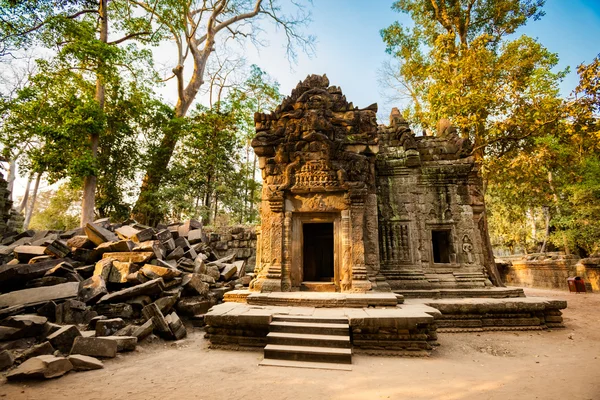
Ta Prohm became famous worldwide after appearing in Tomb Raider, but the temple’s real drama comes from its centuries-long wrestling match with nature. Massive silk cotton trees have grown through the temple walls, their roots creating a living architecture that seems to merge stone with wood.
Walking through Ta Prohm feels like discovering a secret that the jungle has been keeping for 800 years, especially when shafts of sunlight pierce through the leafy canopy overhead.
Beng Mealea
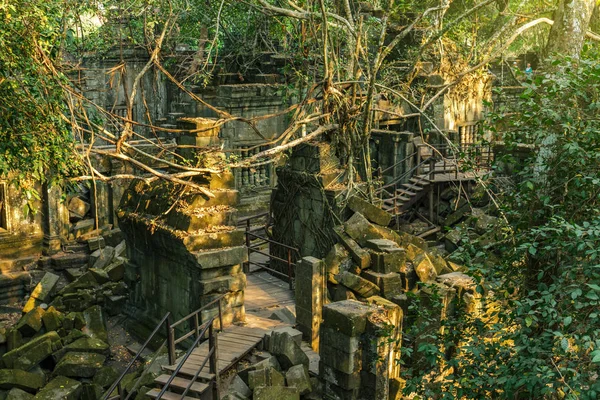
About 40 miles northeast of Angkor Wat, Beng Mealea remains largely unrestored, giving visitors the closest thing to a genuine jungle discovery experience. The temple’s galleries and towers have collapsed into romantic ruins that tree roots have claimed as their own, creating natural bridges and walkways through the rubble.
This place captures what European explorers must have felt when they first stumbled upon Khmer ruins in the 1800s, complete with the sounds of tropical birds and the constant whisper of growing vines.
Like Travel Pug’s content? Follow us on MSN.
Banteay Chhmar
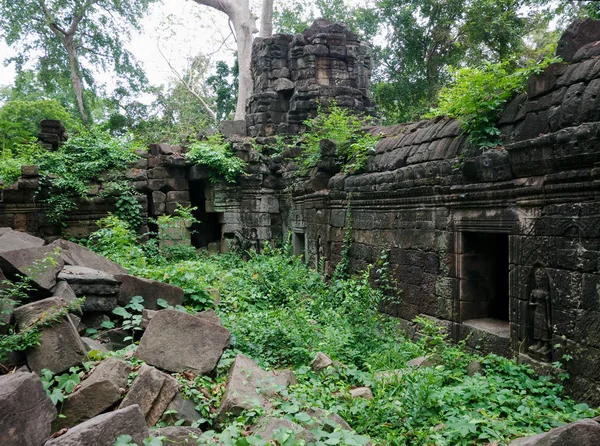
This massive temple complex in northwestern Cambodia spent centuries hidden under jungle growth until recent restoration efforts began revealing its secrets. Banteay Chhmar covers an area nearly as large as Angkor Thom, with intricate carvings that rival anything found at the more famous sites.
The temple’s remote location means you might have entire sections to yourself, creating an almost mystical experience as you wander through galleries where monkeys outnumber tourists.
Koh Ker
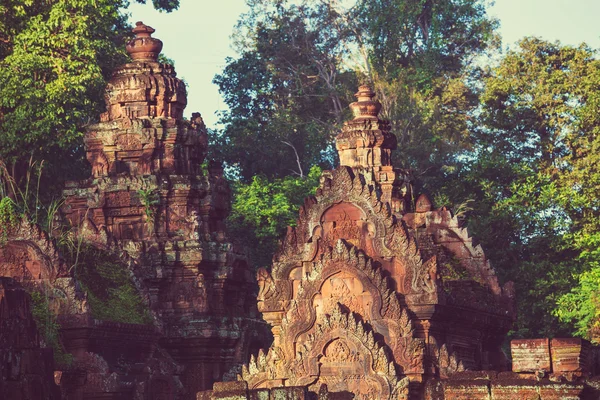
Once the capital of the Khmer Empire for a brief period in the 10th century, Koh Ker sits deep in the jungle about 75 miles from Siem Reap. The site’s most striking feature is Prasat Thom, a seven-tiered pyramid that rises 100 feet above the forest canopy like an ancient jungle skyscraper.
Climbing to the top gives you a bird’s-eye view over endless jungle, with only the occasional temple spire poking through the green to remind you that an entire lost city lies hidden below.
Preah Khan of Kompong Svay
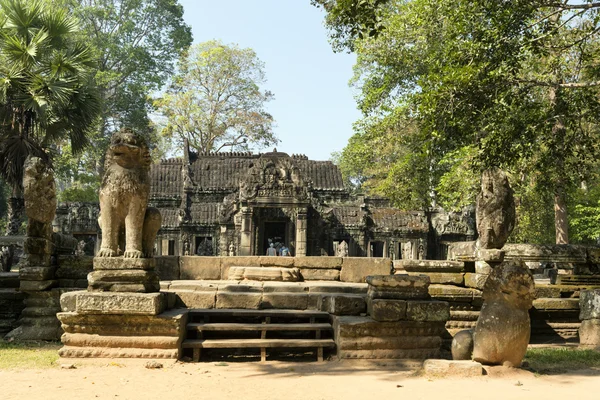
Not to be confused with the Preah Khan near Angkor, this massive temple complex stretches over 2 miles and remains largely engulfed by jungle. The site includes a remarkable stone bridge guarded by giant naga serpents, their bodies forming the bridge railings while their heads rear up at each end.
Exploring this temple feels like wandering through a fantasy novel, especially when you discover hidden courtyards where century-old trees have claimed ancient altars as their own.
Like Travel Pug’s content? Follow us on MSN.
Banteay Ampil
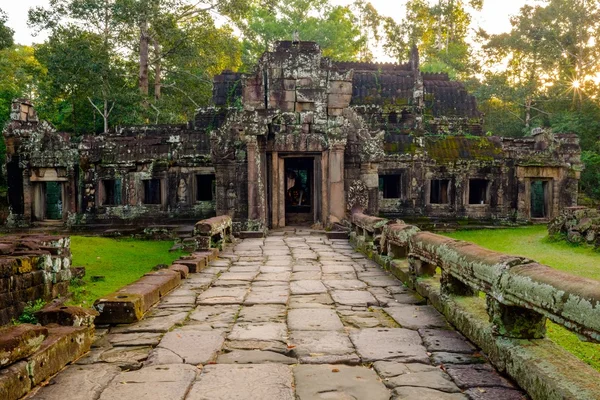
This border temple near Thailand has been slowly emerging from jungle cover as land mine clearance efforts make more areas accessible to visitors. Banteay Ampil’s galleries feature some of the finest sandstone carving work of the Angkor period, with intricate floral patterns that seem to grow from the stone itself.
The temple’s location in an active jungle means you’re likely to encounter troops of macaques who’ve made the ancient galleries their playground.
Prasat Bakan
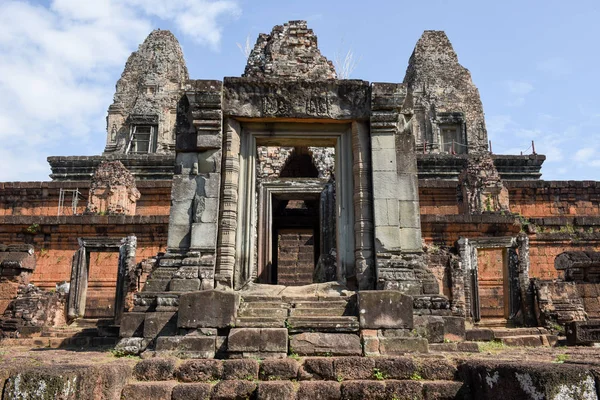
Hidden in the Kulen Mountains about 30 miles from Siem Reap, Prasat Bakan requires a challenging hike through dense jungle to reach. The temple sits on a natural rock outcropping that early Khmer builders incorporated into their design, creating a structure that seems to grow directly from the mountain itself.
The reward for the difficult journey includes not just the temple itself, but also spectacular views over the jungle canopy and the distant spires of Angkor.
Banteay Samré
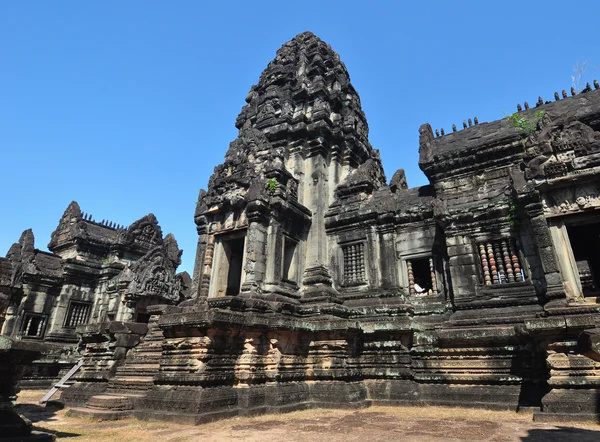
While closer to the main Angkor complex, Banteay Samré spent decades hidden under jungle growth before restoration work revealed its remarkably preserved architecture. The temple’s remote location at the end of a dirt road means it still feels like a secret discovery, especially early in the morning when mist rises from the surrounding forest.
The site’s unique architectural features include perfectly preserved libraries and galleries that showcase the sophisticated engineering skills of Khmer builders.
Like Travel Pug’s content? Follow us on MSN.
Chau Srei Vibol
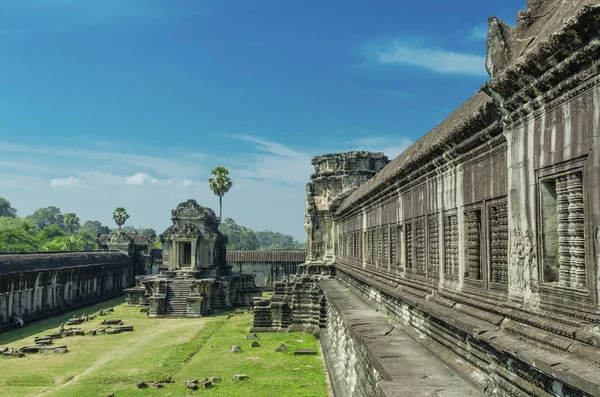
This small but exquisite temple hides in the jungle about 15 miles from Angkor Wat, accessible only by motorbike or four-wheel drive vehicle along rough tracks. Chau Srei Vibol’s intimate scale creates a more personal connection with the past than the massive temple complexes, while its jungle setting provides natural air conditioning through the forest canopy.
The temple’s carvings include some unusual mythological scenes that suggest it served specialized religious functions within the broader Khmer temple network.
Prasat Yeay Poan
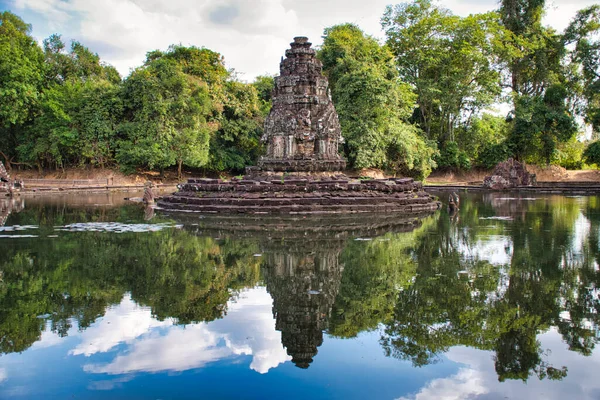
Located on an island in the middle of the Northern Baray reservoir, Prasat Yeay Poan can only be reached by boat during the rainy season when water levels are high enough. The temple’s island setting creates a unique atmosphere where water, jungle, and ancient stone combine into something that feels almost otherworldly.
Local legends claim the temple is haunted by the spirit of an ancient queen, and the misty morning conditions on the reservoir certainly make such stories seem plausible.
Banteay Srei Satellite Temples
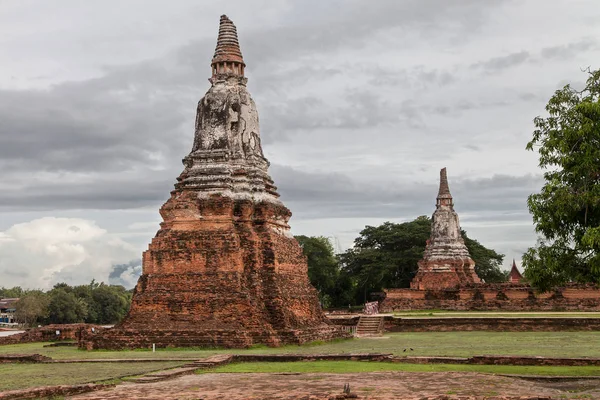
While the main Banteay Srei temple is well-known for its intricate pink sandstone carvings, several smaller satellite temples remain hidden in the surrounding jungle. These unnamed shrines were likely built as meditation retreats for monks, creating intimate spaces where jungle sounds provide a natural soundtrack for contemplation.
Discovering these small temples requires local guides and machetes to cut through overgrown paths, but the reward is finding places where you can sit in 1,000-year-old doorways and listen to the same bird calls that ancient monks once heard.
Like Travel Pug’s content? Follow us on MSN.
Prasat Damrei
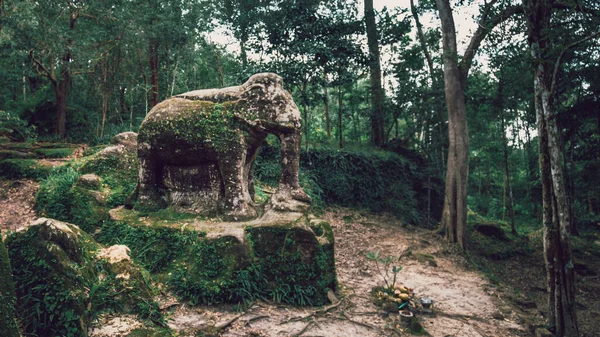
This elephant temple gets its name from the carved elephant statues that guard its entrances, though jungle growth has given the stone elephants green moss beards that make them look even more mysterious. Prasat Damrei sits in a particularly dense jungle where the canopy blocks most sunlight, creating a perpetual twilight atmosphere that photographers love but makes navigation challenging.
The temple’s galleries echo with the sounds of unseen birds and insects, creating an immersive jungle symphony that adds to the site’s otherworldly atmosphere.
Western Baray Temples
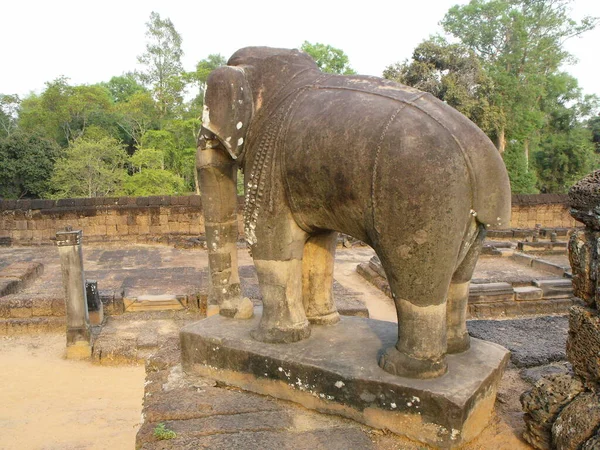
Several small temples dot islands and peninsulas in the Western Baray, Cambodia’s massive ancient reservoir that’s now largely overgrown with aquatic plants and surrounded by jungle. These temples can only be reached by boat or by wading through shallow areas, and their isolation has preserved them in remarkable condition.
The combination of water, jungle, and ancient stone creates photographic opportunities that look more like fantasy art than archaeological documentation.
Phnom Kulen Temples
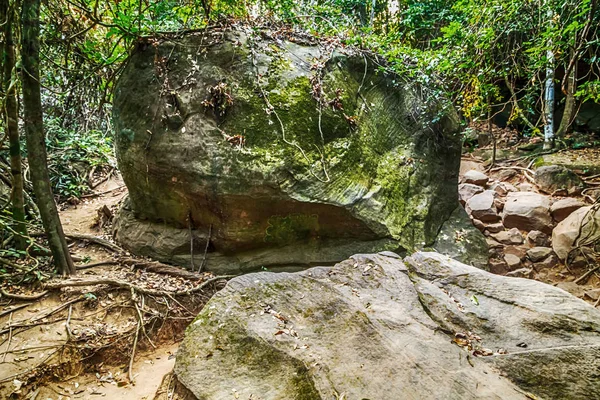
The sacred mountain of Phnom Kulen contains dozens of small temples and carved rock formations hidden throughout its jungle-covered slopes. Many of these sites remain unmarked and unvisited except by local pilgrims who know the traditional paths through the forest.
Finding these temples requires hiking through primary jungle where the canopy is so thick that GPS signals disappear, making local knowledge essential for safe exploration.
Like Travel Pug’s content? Follow us on MSN.
Remote Preah Vihear Province Sites

The far northern province of Preah Vihear contains numerous temple sites that archaeologists are still cataloging, many of them completely overgrown and accessible only to serious jungle trekkers. These sites represent the frontier edge of Khmer civilization, where temple builders had to work with whatever materials the jungle provided.
Some temples in this region incorporate living trees as structural elements, creating hybrid architecture that’s part building and part forest.
Where Stone Meets Vine
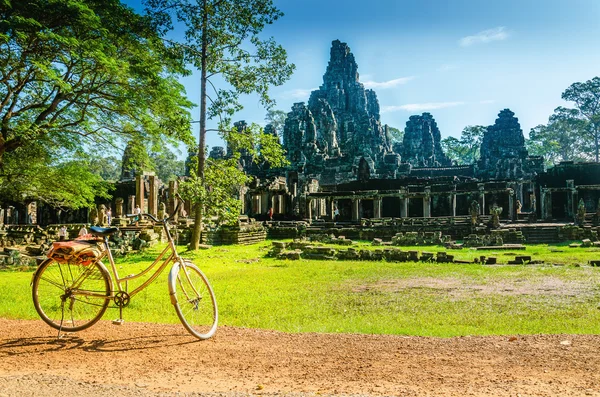
These jungle temples represent one of archaeology’s most romantic scenarios—lost civilizations slowly being reclaimed by nature, creating partnerships between human creativity and natural forces that neither could achieve alone. Each site tells a different story about how the Khmer Empire adapted its monumental architecture to jungle conditions, and how the jungle has responded by turning ancient galleries into vertical gardens and temple courtyards into wildlife sanctuaries.
More from Travel Pug

- 20 Best Beach Towns in the Carolinas
- 13 Destinations Where Tourists Regularly Regret Their Trip
- 20 Things You Actually Get in First Class
- 20 Small Airports With Aviation Museums
- 20 Places in the U.S. That Are Perfect for a Reset Trip
Like Travel Pug’s content? Follow us on MSN.
